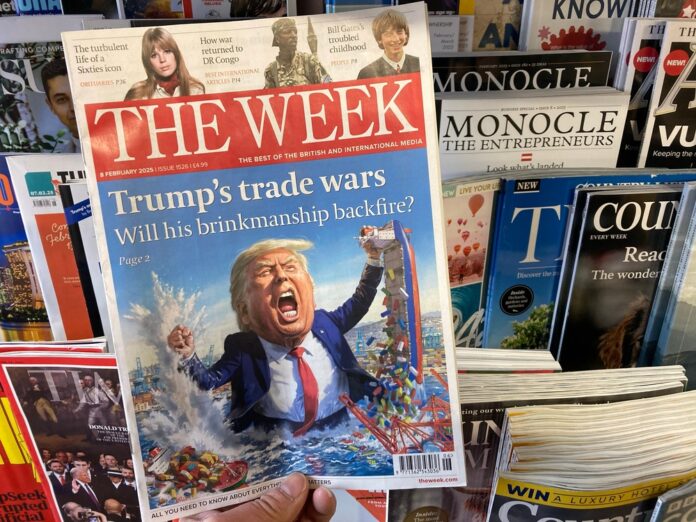The decision of President Donald Trump to set new global tariffs has forced economists to revise their economic forecasts, with many predicting slower growth and rising inflation.
The new tariffs, ranging from 10 percent to higher rates for major trading partners, are expected to have far-reaching consequences on the global market and U.S. economy, analysts warn.
Tariff on the Philippines was set at 17 percent, one of the lowest in Asia.
Economists now forecast U.S. GDP growth ranging from 0 percent to 0.5 percent in 2025, a stark revision from previous predictions of 1 percent to 1.5 percent growth.
Inflation forecasts have also been adjusted, with core personal consumption expenditure, or PCE, inflation expected to rise to 4.7 percent, up from an earlier forecast of 3.5 percent. This signals an accelerating cost of living, as businesses will likely pass higher import costs onto consumers.
Oxford Economics cautioned that the U.S. economy is now “dangerously vulnerable” to a recession, especially if these tariffs remain in place for an extended period. The tariffs are seen as part of Trump’s broader effort to reshape the global trade system, which he has long criticized as unfair to the U.S.
However, there are mixed views on the outcome. While some economists fear a possible recession or “stagflation”—a combination of stagnant growth and high inflation—others argue that the long-term benefits of reshaping trade could offset short-term economic pain. Jonathan Pingle, chief U.S. economist at UBS, warned that these tariffs could jeopardize the current economic expansion, depending on their duration and impact.







